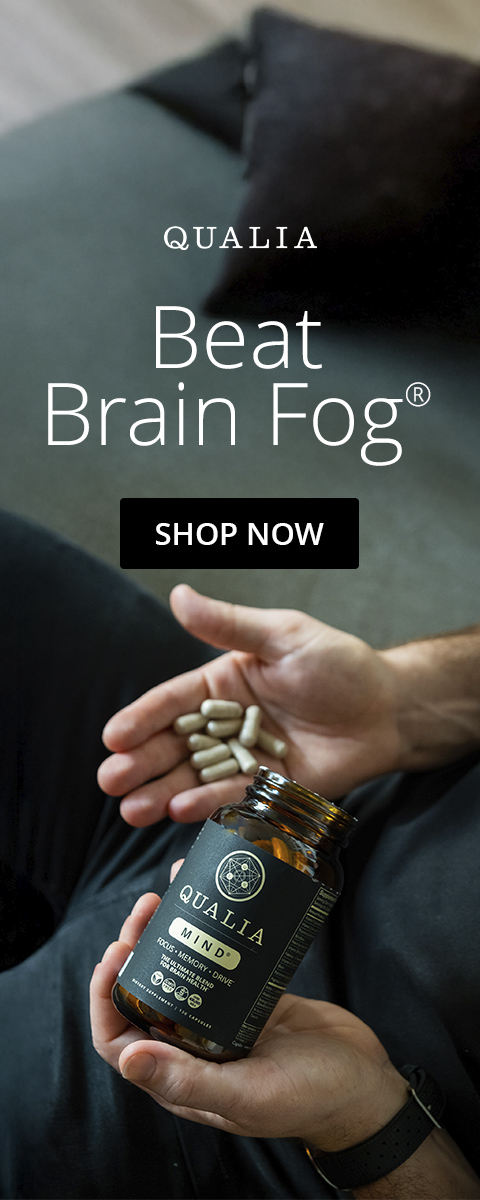In September-October 2018, a 3-week sample of Qualia Life (formerly called Eternus) was sent to volunteers. Volunteers were selected to include a mix of people who were and were not currently taking Qualia Mind. No information was given on what product was intended to do, ingredients contained in the product, or expected responses. Instructions were to take 8 capsules with breakfast 5 days a week, with 2 off days, for 3 weeks. All participants were asked to complete a survey questionnaire after 5 days, 2 weeks, and 3 weeks. Seventy-one persons completed the 3 weeks of supplementation and provided responses to the survey.






























